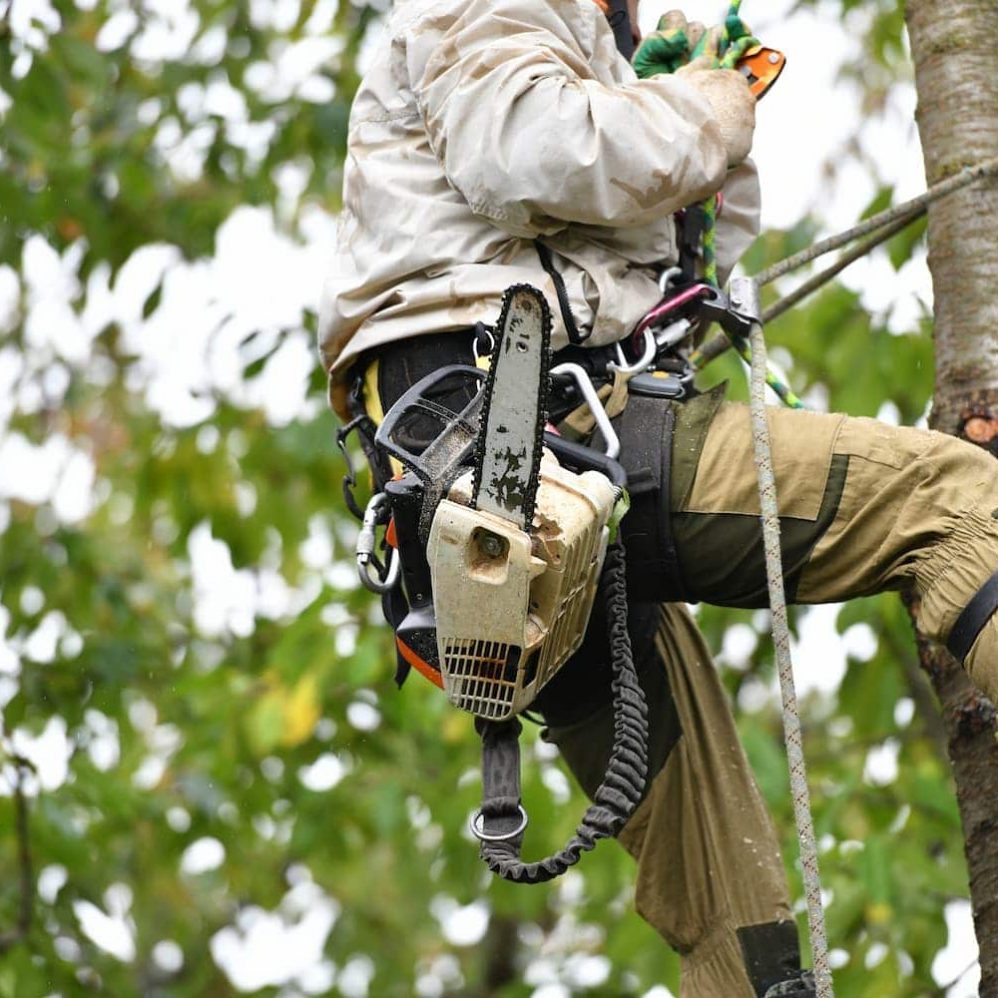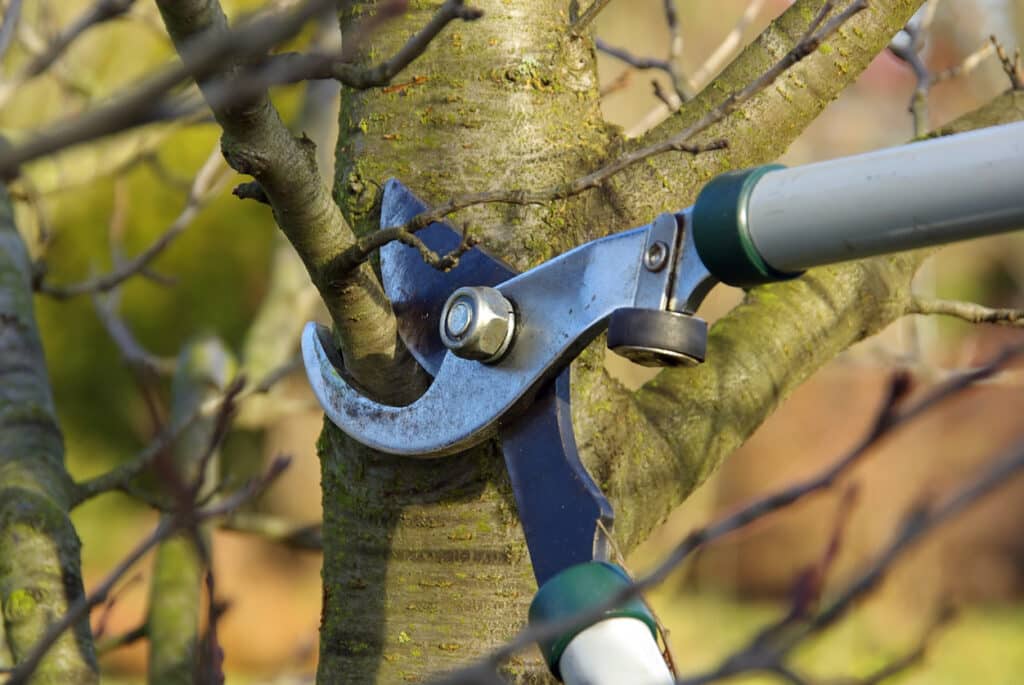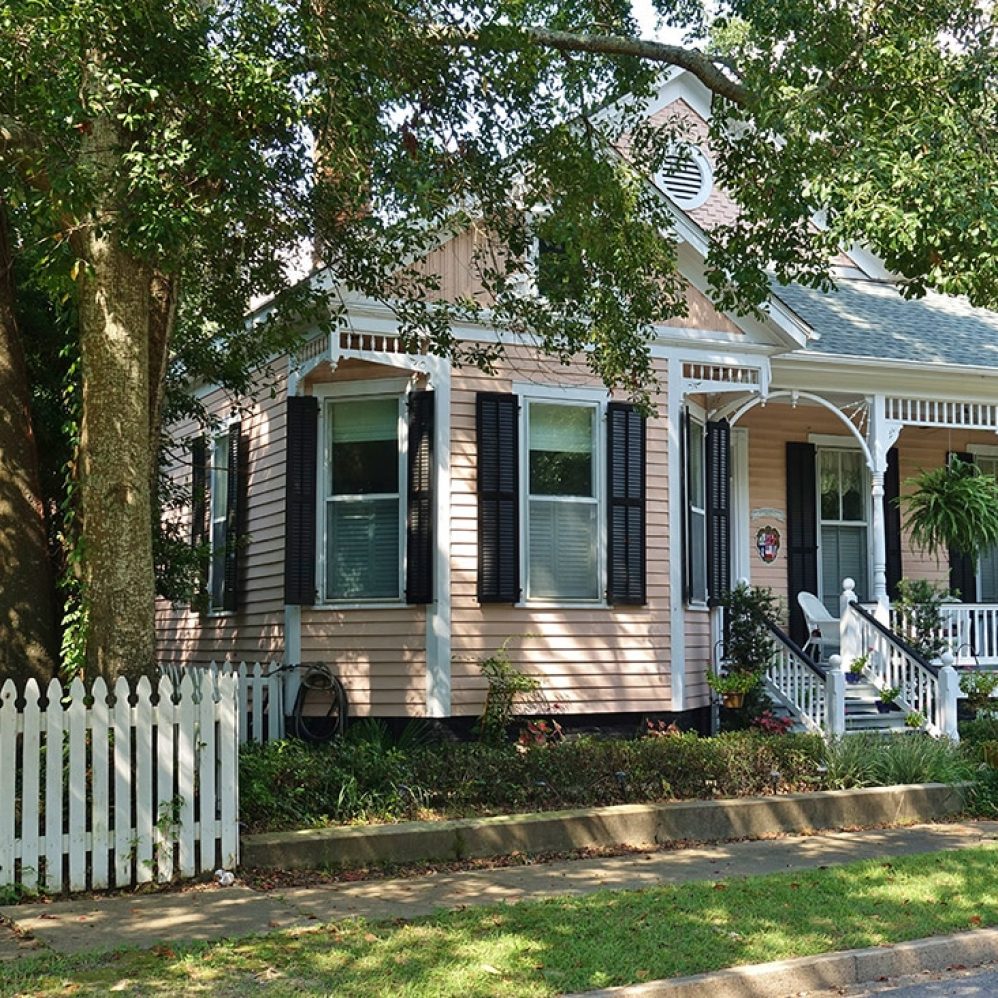Maintaining the trees in your yard can help promote their health and enhance your property’s aesthetic appeal. By understanding the best times to trim your trees, you can maximize their growth, minimize potential damage, and reduce costs associated with extensive tree care.
The Importance of Tree Trimming
Trimming helps remove dead or diseased branches, allowing the tree to allocate resources more efficiently and reducing the risk of pest infestation. Additionally, tree trimming enhances sunlight exposure and air circulation, promoting healthy growth and preventing the spread of diseases.
Understanding Seasonal Tree Trimming
Different seasons offer unique advantages and challenges when it comes to tree trimming. By aligning your maintenance schedule with the specific needs of your trees, you can optimize their growth and minimize the associated costs.
Here are the different seasons and their implications for tree trimming.
Spring Trimming
Spring is an ideal time for tree trimming as it marks the beginning of active growth. During this period, trees experience a burst of energy, allowing them to heal more quickly after pruning. Trimming in spring promotes vigorous growth, stimulating the development of new shoots and branches. It is advisable to trim before the first growth flush, which varies depending on the tree species and climate conditions.
Summer Trimming
Summer is a season of abundant foliage, making it easier to assess the health of the trees. However, it’s essential to be cautious when trimming during this time as excessive removal of greenery can stress the tree. Summer trimming is generally recommended for corrective purposes, such as removing crossed or rubbing branches, improving airflow, or reducing the weight of heavy limbs.
Autumn Trimming
Fall brings about stunning foliage colors and prepares the trees for winter dormancy. It is generally advisable to avoid extensive trimming during this time as it may interfere with the tree’s natural storage of energy and nutrients for the winter. However, autumn is an excellent time to remove dead, diseased, or hazardous branches as they become more apparent after the leaves have fallen.
Winter Trimming
Since the trees are dormant during winter, their vulnerability to pests and diseases is significantly reduced. With the absence of foliage, it becomes easier to assess the tree’s structure and identify branches that require removal. Winter pruning also minimizes the risk of spreading diseases as many pathogens are inactive during this season. However, it is crucial to avoid pruning when temperatures are excessively low or during frosty conditions.
By understanding each season’s unique benefits and challenges, you can strategically time your trimming activities to optimize growth, prevent damage, and minimize the costs associated with extensive tree care. If you’re in Mobile, AL or a surrounding area, contact South Coast Outdoor Service for tree trimming and pruning services.





